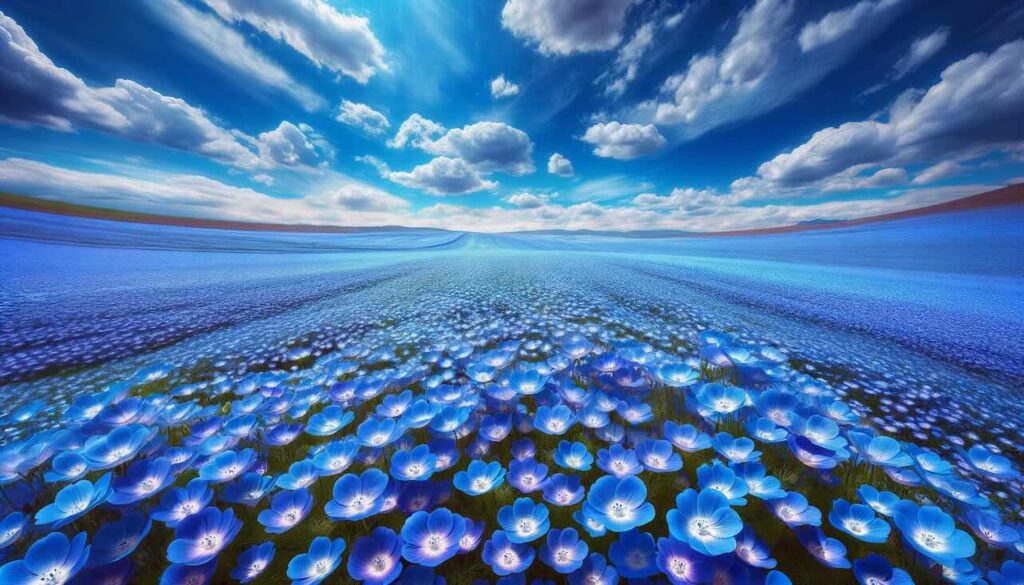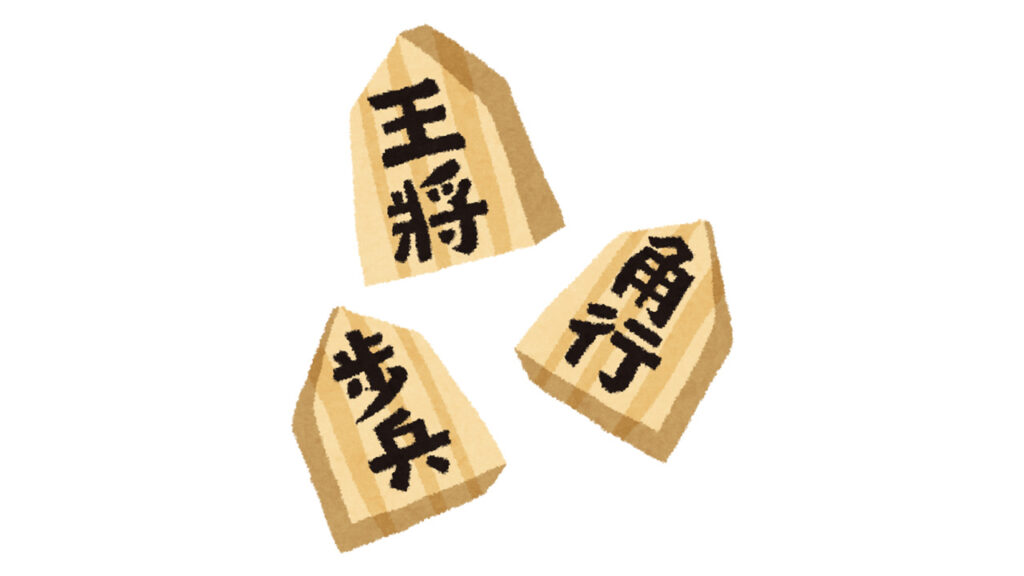As spring unfolds, there’s a breathtaking sight that captures the hearts of flower lovers across Japan and beyond: a sea of soft blue blossoms swaying gently in the breeze. This mesmerizing carpet is made up of Nemophila, affectionately known as Baby Blue Eyes. In this article, we’ll explore the origins, blooming season, distinctive traits, and how to cultivate this charming spring flower.
When Does Nemophila Bloom?
Nemophila typically blooms in mid to late spring, offering a stunning display from April to early June, depending on the region:
- Kanto region: late April to early May
- Hokkaido: mid-May to early June
- Kansai & Chubu: mid to late April
These sky-blue blossoms create one of the season’s most beloved sights—especially in places like Hitachi Seaside Park, where millions bloom in unison.
Where Did Nemophila Originate?
Nemophila is native to western North America, especially California and Oregon. It made its way to Europe in the early 19th century and was later introduced to Japan, likely during the late 1800s, as part of a wave of ornamental plants imported from the West.
Despite its foreign origins, Nemophila has become deeply embedded in Japan’s spring landscape, appreciated both in public parks and private gardens.
What Makes Nemophila Unique?
Nemophila is an annual plant in the Boraginaceae family, growing to about 20–30 cm tall. It features:
- Soft, sprawling stems
- Delicately lobed, opposite leaves
- Cup-shaped flowers, 2–3 cm in diameter
- Petals in soft sky blue to violet, often with a white center and faint yellow stripes
The name Nemophila comes from the Greek for “grove-loving,” reflecting the plant’s preference for partially shaded woodland areas.
In the language of flowers, Nemophila symbolizes:
- Charm
- First love
- A glittering heart
How Is Nemophila Used?
Primarily valued for its visual appeal, Nemophila is widely used in:
- Garden borders and mass plantings
- Hanging baskets and pots
- Public flower displays and seasonal events
It also supports local ecosystems by:
- Attracting bees and pollinators
- Providing food for butterfly larvae, such as the Checkerspot butterfly
Tips for Growing Nemophila
Nemophila is beginner-friendly and thrives in cool, mild climates. Here’s how to grow it successfully:
- Soil: Prefers well-drained, humus-rich soil
- Sunlight: Partial shade is ideal, though it tolerates full sun in cooler regions
- Planting time: Sow seeds outdoors from late March to early April
- Maintenance: Thin seedlings to prevent overcrowding; deadhead spent flowers to prolong blooming
- Climate note: It dislikes heat and humidity, so in warmer regions, sow early to enjoy blooms before summer peaks
Conclusion
With its delicate, sky-hued petals and understated elegance, Nemophila is more than just a pretty flower—it’s a harbinger of spring and a symbol of serene beauty. Easy to grow, ecologically beneficial, and visually enchanting, it’s no surprise this flower has found a home in gardens across Japan and beyond. If you’re seeking a low-maintenance way to add charm and seasonal magic to your outdoor space, Baby Blue Eyes might just be the perfect choice.



